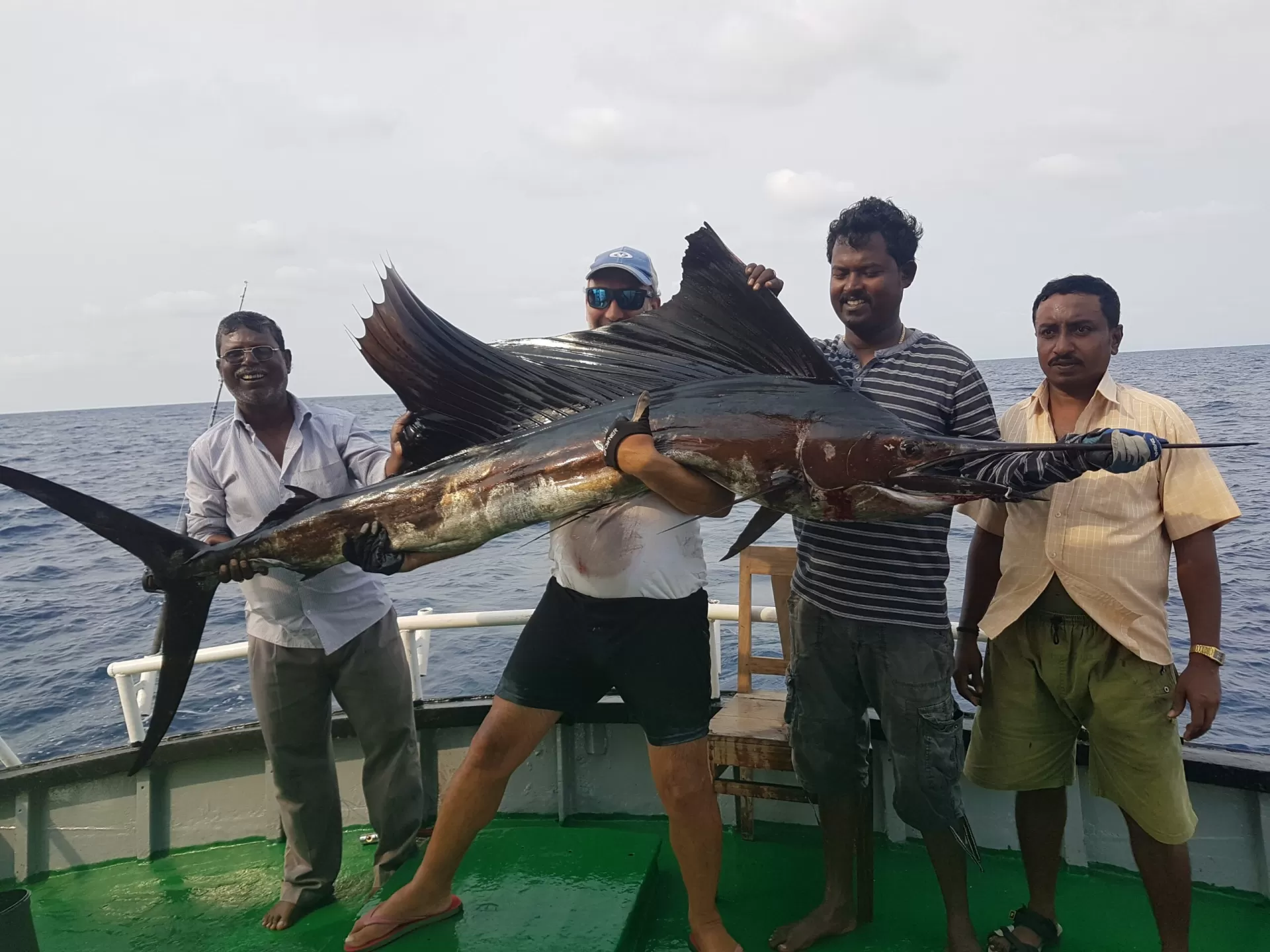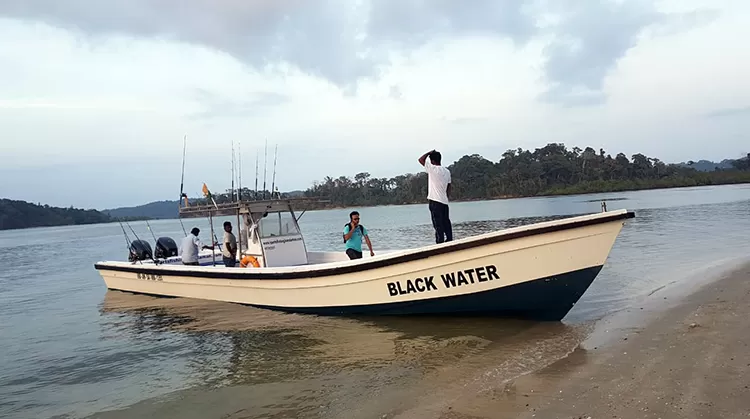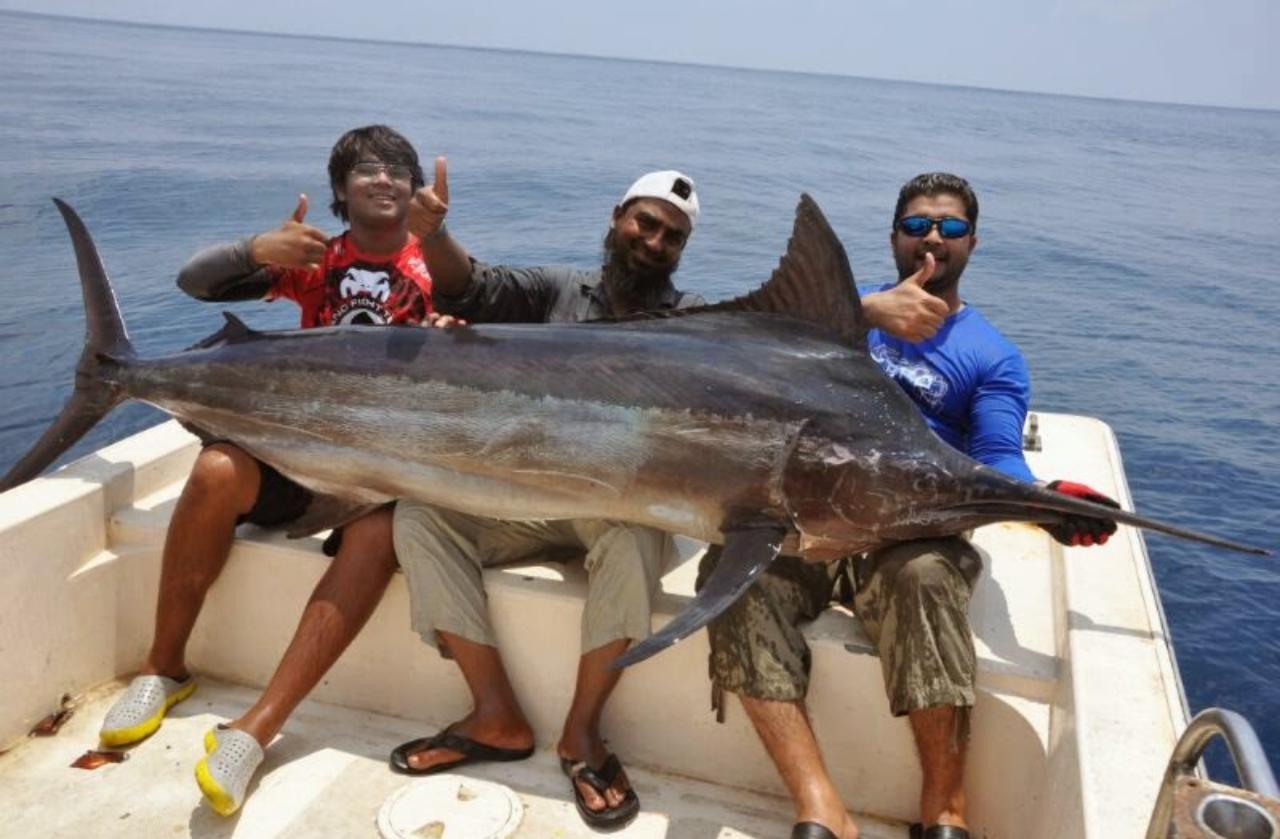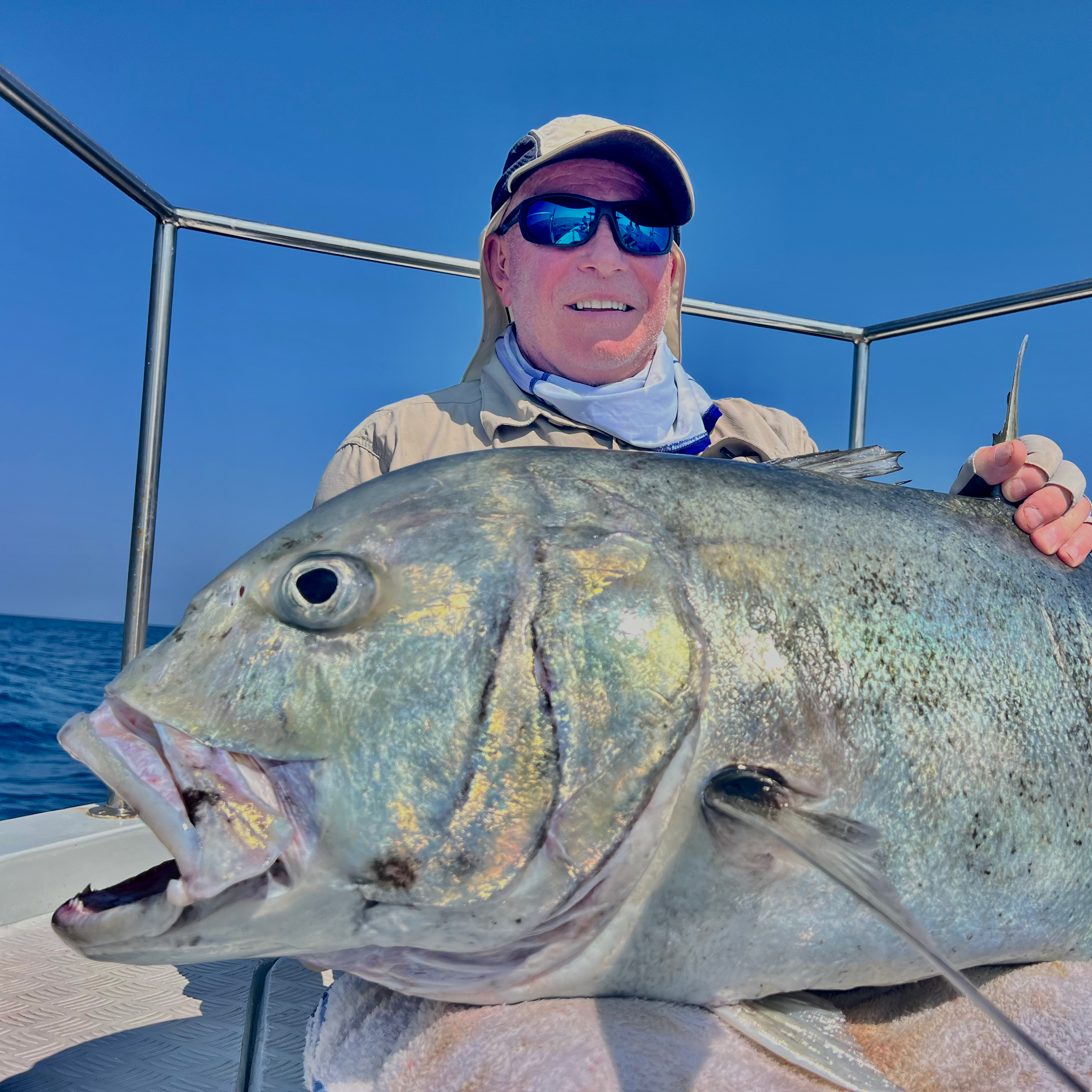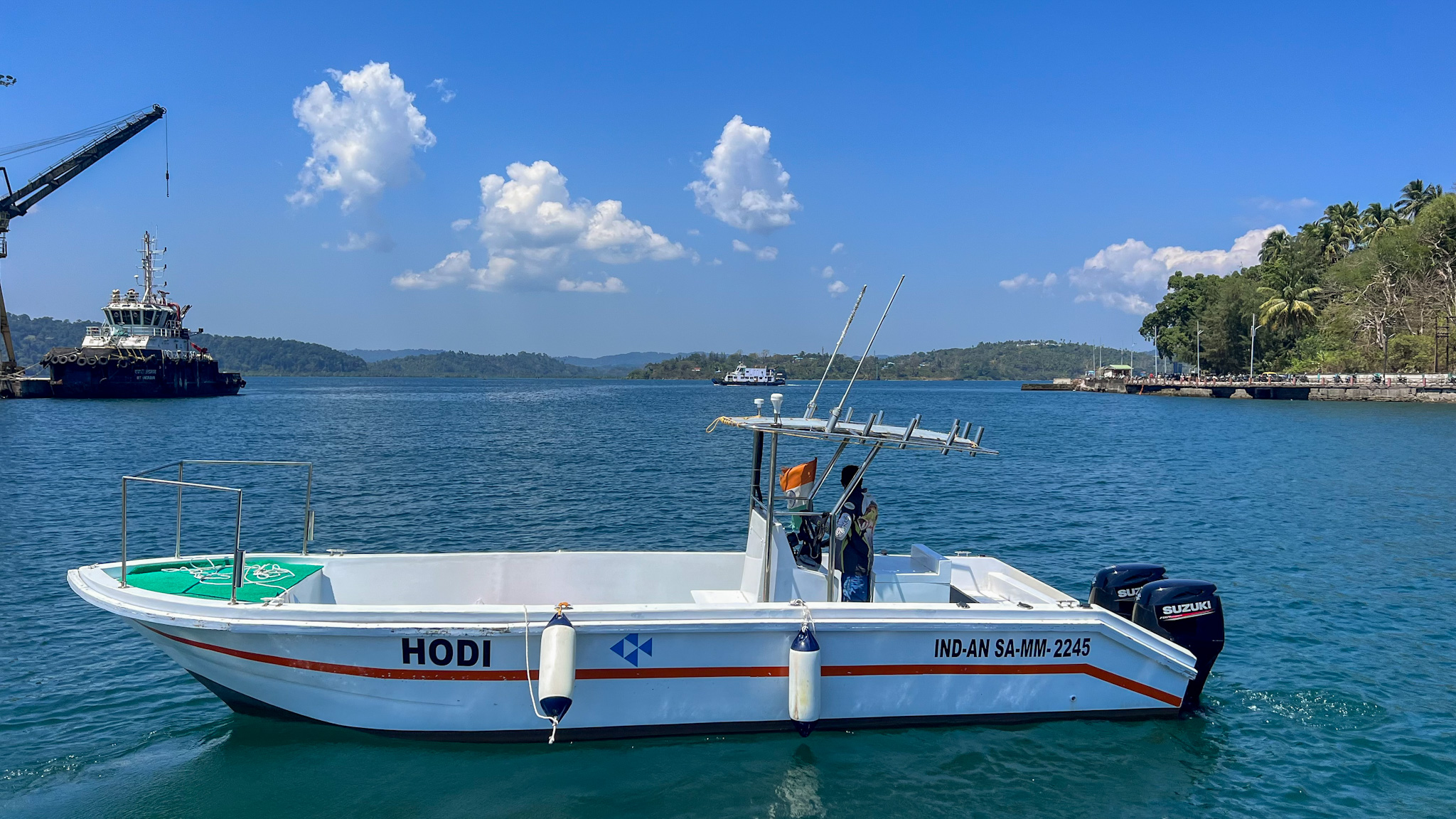Damn Good Guides
Experts Available 24/7
100% Weather Guarantee
Recently Booked Mangrove Snapper Fishing Charters In India
Inshore, Deep Sea, Nearshore in Wandoor
Big Game Fishing In Andaman
Inshore, Deep Sea, Nearshore in Sri Vijaya Puram
Half Day Game Fishing In Andaman
“Our Damn Good Guides go above and beyond, and we’ve handpicked every single one. We’re passionate about the outdoors and look forward to getting you out on the trip of a lifetime, every time.”
Jonathan and Attison | Co-founders | Austin, Texas
Need a Place to Stay?
Everything to Know About Booking an India mangrove snapper fishing charter
Why should I book a mangrove snapper fishing charter in India with Captain Experiences?
Our Damn Good Guides currently offer 2 mangrove snapper trips in India, and the most popular trips in the area are Big Game Fishing In Andaman guided by Bishwajit and Half Day Game Fishing In Andaman guided by Santosh.
All guides on Captain Experiences are vetted by our team. You can access their reviews, click through trip photos, read bios to get to know them, and preview trip details like species, techniques, group sizes, boat specs and more.
Looking for kid friendly mangrove snapper guides / fishing lessons in India? Check out our beginner and family friendly mangrove snapper guides in India.
What types of mangrove snapper fishing charters are common in India?
Deep Sea fishing is the most popular type of fishing for mangrove snapper in India as well as inshore fishing, deep sea fishing, and nearshore fishing.
The most common fishing techniques in India are artificial lure fishing, deep dropping, and drift fishing but fly fishing and heavy tackle fishing are popular as well.
How much do India mangrove snapper fishing charters cost?
Prices for mangrove snapper in India can range anywhere from about $800 to $1,600, but the average price for a half day trip for mangrove snapper in India is $756. The average price for a full day trip for mangrove snapper in India is $1,225.
Is booking a fishing guide worth the money?
Hiring a guide provides a number of benefits and many choose to book a fishing guide for a combination of experience, local knowledge, convenience, and cost-effectiveness.
Working with experienced fishing guides who know the best local spots and techniques can dramatically increase your odds of a great day. Having someone who is on the water every day and knows the area like the back of their hand is going to give you the best chances of success.
Booking a guide is also more cost effective, especially if you only get out a handful of times per year. When you consider all of the costs you would incur on your own such as the price of a boat, maintenance, insurance, gas, high-quality gear and tackle, repairs, and more, you’ll find that DIY is sometimes not worth the expense.
Even if you’ve got a great setup already in your home waters, booking a guide also provides a great opportunity to experience new techniques, new locations, or even a chance at a new target species to knock off the bucket list.
What month is best for mangrove snapper fishing in India?
The most popular season for mangrove snapper fishing in India is summer, and most anglers book their trips 0 days in advance.
Do I need a India fishing license for mangrove snapper and what are the bag limits for mangrove snapper in India?
See here for more information on fishing licenses in India, bag limits for target species, and fishing season regulations in India. When in doubt, your fishing guide will always know the right rules and regulations in India.
The Best Places to Fish in India
Featured Cities
- Fishing Charters Near Me
- Austin Fishing Guides
- Biloxi Fishing Charters
- Bradenton Fishing Charters
- Cabo San Lucas Fishing Charters
- Cancun Fishing Charters
- Cape Coral Fishing Charters
- Charleston Fishing Charters
- Clearwater Fishing Charters
- Corpus Christi Fishing Charters
- Crystal River Fishing Charters
- Dauphin Island Fishing Charters
- Daytona Beach Fishing Charters
- Destin Fishing Charters
- Fort Lauderdale Fishing Charters
- Fort Myers Fishing Charters
- Fort Walton Beach Fishing Charters
- Galveston Fishing Charters
- Gulf Shores Fishing Charters
- Hatteras Fishing Charters
- Hilton Head Fishing Charters
- Islamorada Fishing Charters
- Jacksonville Fishing Charters
- Jupiter Fishing Charters
- Key Largo Fishing Charters
- Key West Fishing Charters
- Kona Fishing Charters
- Lakeside Marblehead Fishing Charters
- Marathon Fishing Charters
- Marco Island Fishing Charters
- Miami Fishing Charters
- Montauk Fishing Charters
- Morehead City Fishing Charters
- Naples Fishing Charters
- New Orleans Fishing Charters
- New Smyrna Beach Fishing Charters
- Ocean City Fishing Charters
- Orange Beach Fishing Charters
- Panama City Beach Fishing Charters
- Pensacola Fishing Charters
- Pompano Beach Fishing Charters
- Port Aransas Fishing Charters
- Port Orange Fishing Charters
- Rockport Fishing Charters
- San Diego Fishing Charters
- San Juan Fishing Charters
- Sarasota Fishing Charters
- South Padre Island Fishing Charters
- St. Augustine Fishing Charters
- St. Petersburg Fishing Charters
- Tampa Fishing Charters
- Tarpon Springs Fishing Charters
- Venice Fishing Charters
- Virginia Beach Fishing Charters
- West Palm Beach Fishing Charters
- Wilmington Fishing Charters
- Wrightsville Beach Fishing Charters
Didn't Find What You Were Looking For?
Our guides are Damn Good Guides, which means they’re vetted by our team of outdoor experts who know them on a first-name basis. We hand pick each and every one of them, and our network spans all across the US and beyond.
The proof is in the pudding, and we’re incredibly proud of our 4.9 / 5 average review score. Hit the button below to see more trip options:
